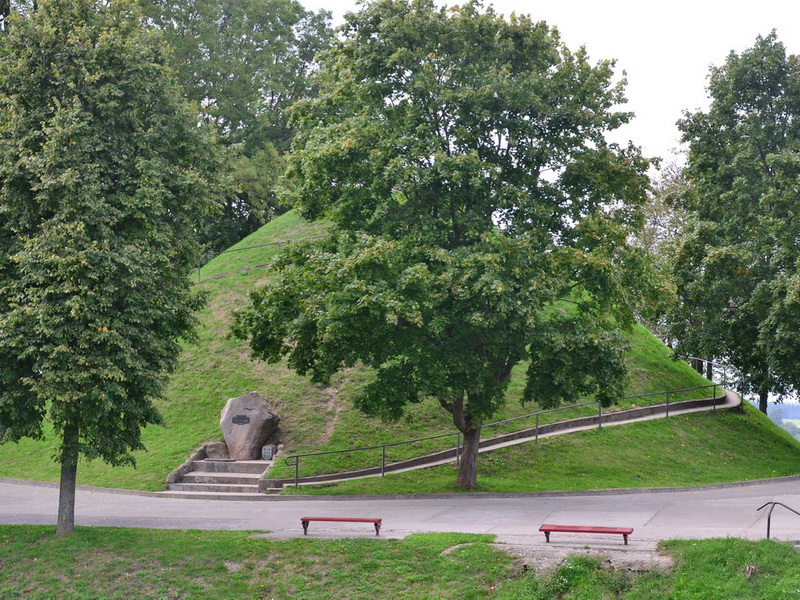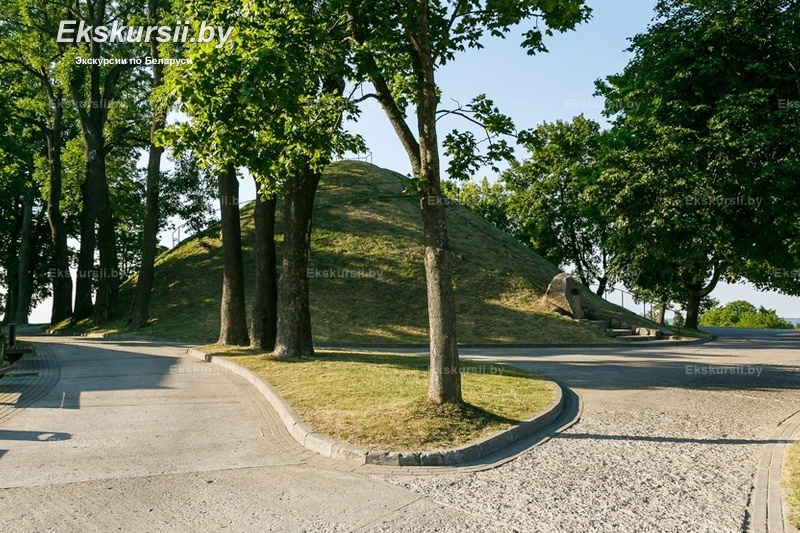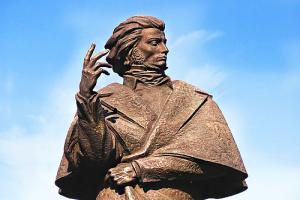History
The idea of creating the mound emerged in January 1924 when, on the initiative of a local committee, scholars and literary experts from Poland were invited to Navahrudak. They supported the residents' intention to honor Mickiewicz with a grand earthen monument. On May 27, a capsule with a parchment message was placed at the site of the future mound, and the President of Poland, Stanisław Wojciechowski, took part in the ceremony. The founding act declared the nation’s desire to pay tribute to its genius — «a prophet, a son of this land». The mound was built manually over the course of five years, with soil arriving from different corners of the world. People brought it personally or sent parcels marked simply: “Soil for the Adam Mickiewicz Mound, Navahrudak.”
In 1930, the construction of the commemorative mound was completed, and in June of the following year, the city hosted the festive “Mickiewicz Days.” The official opening took place on June 28, 1931, attracting delegations, scholars, and admirers of the poet’s work. In 1992, a monument to Adam Mickiewicz was erected near the mound, and in 1998, the commemorative plaque at the foot of the mound was updated.
Excursions
The Mound of Immortality of Adam Mickiewicz is one of the key symbols of Belarusian cultural memory and a must-visit site for anyone wishing to connect with the legacy of the great poet. We offer an individual excursion from Minsk with a visit to the Mound of Immortality of A. Mickiewicz — including a comfortable journey, professional guide service, and deep immersion in the history of this remarkable place.
In addition to visiting the mound, the tour may include a sightseeing walk around Navahrudak, where you will see the church where Mickiewicz was baptized, his house-museum, the ruins of the ancient castle, and other important landmarks. This trip is an excellent option for a family outing, an educational journey, or an inspiring weekend escape.


